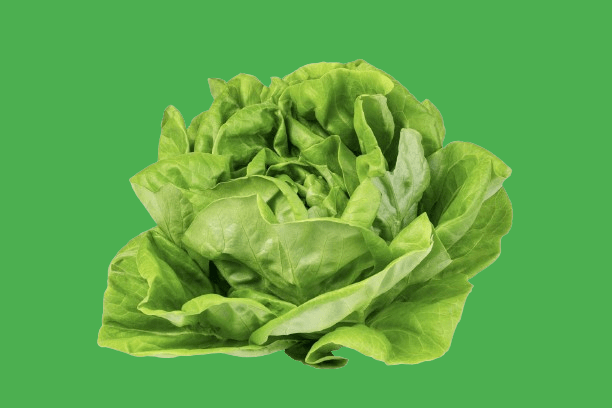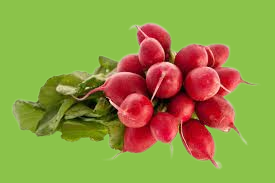What is the easiest vegetable to grow in Germany?
Do vegetables grow well in Germany? vegetables generally grow well in Germany due to its temperate climate and fertile soils. Germany has a diverse range of climates, but in many regions, the conditions are suitable for a variety of vegetables. Here are some factors contributing to the successful cultivation of vegetables in Germany: Temperate Climate: Much of Germany has a temperate climate with distinct seasons warm summers and cold winters. This climate is conducive to the growth of a wide range of vegetables. Fertile Soils: Germany has fertile soils that support agriculture. The country’s agricultural practices often involve crop rotation and sustainable farming methods to maintain soil fertility.
While vegetables generally grow well in Germany, the success of cultivation can still depend on local conditions, including the specific region, microclimates, and the type of soil. Additionally, individual factors such as the choice of vegetable varieties, soil preparation, and gardening practices play a role in the success of vegetable cultivation. Gardeners and farmers in Germany often adapt their practices to local conditions, ensuring a bountiful harvest of fresh and diverse vegetables.

Important agricultural products grown in Germany, Crops such as cabbage, carrots, onions, potatoes, salad, lettuce, radishes, corn, raspberries, blackberries, tomatoes, spinach, zucchini, beans, arugula, endive, etc. are grown in Germany. The ease of growing vegetables can depend on various factors such as climate, soil conditions, and the gardener’s level of experience. However, some vegetables are generally considered easy to grow in Germany, especially in temperate climates. Here are a few examples:
- Lettuce: Lettuce is a cool-season vegetable that grows well in the German climate. It can be grown from seeds or seedlings and is relatively low-maintenance.
- Radishes: Radishes are quick-growing and can be ready for harvest in a short time. They are suitable for both beginners and experienced gardeners.
- Tomatoes: While tomatoes require a bit more attention than some other vegetables, they are generally easy to grow and can be grown in containers or garden beds. Choose varieties that are well-suited for the German climate.
- Zucchini: Zucchini plants are prolific producers and can thrive in German gardens. They require regular watering and sunlight but are generally easy to grow.
- Herbs (e.g., Basil, Parsley, Chives): Many herbs are relatively easy to grow and can be cultivated in pots or garden beds. They add flavor to dishes and can be a great addition to any garden.
- Beans (e.g., Green Beans): Beans are relatively low-maintenance and can be grown directly in the garden. Green beans, in particular, are well-suited for the German climate.
- Carrots: Carrots can be grown in well-drained soil, and they are a popular and easy-to-grow root vegetable. Choose carrot varieties that are well-suited for your region.
When starting a vegetable garden in Germany or any other location, consider factors such as soil quality, sunlight exposure, and water availability. Additionally, it’s helpful to check local gardening guidelines and recommendations for the specific region you are in. Gardening clubs, local agricultural extension services, and online resources can provide valuable information tailored to your specific location and conditions.
What vegetables are most commonly grown in Germany?
Germany has a diverse range of vegetables that are commonly grown, reflecting both the country’s culinary traditions and the suitability of its climate for various crops. Here are some vegetables that are frequently grown in Germany:

- Potatoes: Potatoes are a staple in German cuisine, and various potato varieties are cultivated throughout the country. They are used in dishes such as Kartoffelsalat (potato salad) and Kartoffelsuppe (potato soup).
- Cabbage: Different types of cabbage, including white cabbage, red cabbage, and savoy cabbage, are commonly grown in Germany. Sauerkraut, a fermented cabbage dish, is a traditional German food.
- Carrots: Carrots are widely grown and used in salads, stews, and side dishes. They are a popular and versatile vegetable in German cooking.
- Onions: Onions are a fundamental ingredient in many German dishes. They are grown in various regions and used in soups, stews, and as a seasoning in different recipes.
- Leeks: Leeks are commonly used in German cuisine to add flavor to soups and stews. They are grown in gardens and can be harvested in late autumn or early winter.
- Pumpkins: Pumpkins are cultivated for various uses, including soups, stews, and desserts. Pumpkin festivals and dishes like pumpkin soup are popular in the fall.
- Green Beans: Both pole and bush beans are commonly grown in Germany. Green beans are used in salads, side dishes, and various recipes.
- Tomatoes: Tomatoes thrive in Germany’s summer climate, and many gardeners grow them for fresh consumption, sauces, and salads.
- Peppers: Bell peppers and chili peppers are cultivated, adding color and flavor to German dishes.
- Lettuce: Various types of lettuce are grown for salads and as a garnish in different dishes.
- Radishes: Radishes are quick-growing and often used in salads and as a crunchy addition to various recipes.
- Herbs: A variety of herbs such as parsley, chives, basil, and dill are commonly grown in German gardens and used to enhance the flavor of dishes.
It’s important to note that the specific vegetables grown can vary across regions in Germany due to differences in climate and soil conditions. Additionally, there is a growing interest in organic farming and heirloom varieties, contributing to the diversity of vegetables available in the country. What are the best vegetable varieties grown in Germany? >>





